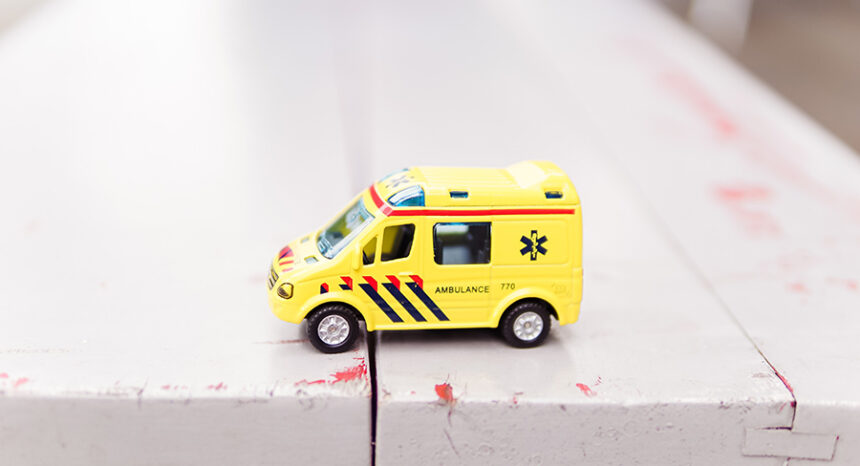Despite gains in health insurance, lesbian, gay and bisexual people are much more likely than straight people to use emergency rooms for routine care, a new study finds.
The issue: Since the adoption of the Affordable Care Act (ACA) in 2010, millions of Americans have gained health insurance coverage. Between October 2013 and March 2014 alone, 8 million purchased insurance through the ACA’s Health Insurance Marketplace. These widespread increases in coverage affected many demographics, including lesbian, gay and bisexual adults, who previously were significantly less likely to be insured than heterosexual adults.
Prior research suggests that lesbian, gay and bisexual populations had less access to and use of health care, due in part to this insurance disparity. A new study examines whether increases in insurance coverage prompted these groups to seek health care more often. The research also looks at how health outcomes differed by race.
An academic study worth reading: “Despite Increased Insurance Coverage, Nonwhite Sexual Minorities Still Experience Disparities in Access to Care,” published in Health Affairs, 2017.
About the study: Ning Hsieh, an assistant professor of sociology at Michigan State University, and Matt Ruther, an assistant professor of urban and public affairs at the University of Louisville, wanted to see whether improvements in health insurance coverage brought about by the ACA have resulted in improved access to health care for gay, lesbian and bisexual people. Hsieh and Ruther looked at data from the National Health Interview Survey collected between 2013 and 2015. This survey gathers information on health topics and demographics like sexual identity and race.
The researchers analyzed a sample of 92,792 respondents divided into subgroups based on sexual identity (straight, gay or lesbian, and bisexual), race (white and non-white), and sex (men and women). The non-white category, which consists of black and Hispanic people, was created due to the limited size of the sample. Asians and other racial minorities were eliminated from the sample.
Hsieh and Ruther compared the 12 identity groups’ responses to questions about personal health care.
Key findings:
- Gay black and Hispanic men were significantly less likely to have insurance coverage than straight white men.
- Minorities who were gay, lesbian or bisexual were significantly more likely to use the emergency room as a usual source of care compared to straight white men.
- Bisexual white women were more likely than straight white men to delay care due to cost.
- Gays and lesbians of color and bisexual women regardless of race were significantly more likely than straight white men to delay care because of reasons that had nothing to do with cost.
- The researchers did not find significant differences by sexual orientation in terms of satisfaction with care received; however, they did find differing opinions by race or ethnicity. Straight men and women who were black or Hispanic reported being less satisfied than their white peers.
Other resources:
- The U.S. Centers for Medicare and Medicaid Services have produced reports and guidance on access to care.
- The U.S. Department of Health and Human Services (DHHS) has an Office of Minority Health with its own resource center. A 2011 report from DHHS examines the health of gay, lesbian, bisexual and transgender individuals.
Related research:
- Hsieh and Ruther published research in 2016 in the American Journal of Preventative Medicine. That study, “Sexual Minority Health and Health Risk Factors: Intersection Effects of Gender, Race, and Sexual Identity,” finds that compared to straight white men, most sexual, gender and racial minorities report having worse perceptions of their health.
- A 2015 study in Health Affairs, “Lesbian, Gay, and Bisexual Adults Making Gains in Health Insurance and Access to Care,” highlights recent trends in insurance coverage.
- A 2015 study published in Demography, “A New Piece of the Puzzle: Sexual Orientation, Gender, and Physical Health Status,” finds that bisexual men and women experienced higher rates of poor health.
- A 2014 study published in Population Research and Policy Review, “Examining Sexual Orientation Disparities in Unmet Medical Needs Among Men and Women,” suggests that sexual minority women were more likely to report having unmet medical needs than heterosexual women.


Expert Commentary